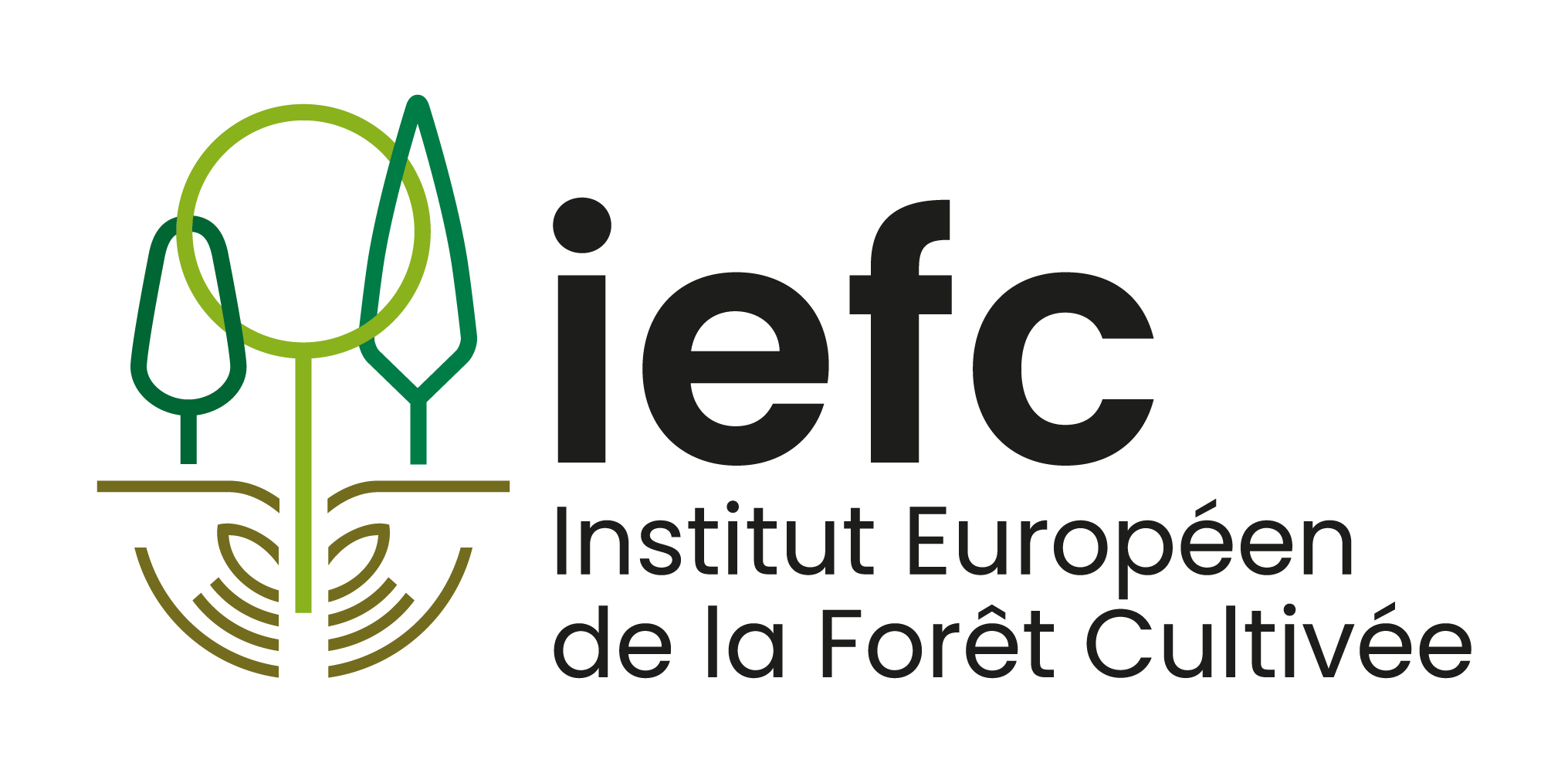Due to global change, forests are exposed to unprecedented threats from non-native pests and pathogens (PnPs). In Europe, their number has increased and continues to increase dramatically. Currently, the greatest damage in European forests is often caused by these invasive alien PnPs, whose emergence might be promoted by climate change. The overall aim of HOMED is to provide a full set of science-based, innovative practical tools to assess and control emerging or invasive PnPs threatening EU forests, following a holistic and multi-actor approach. To meet these goals, HOMED gathers prominent experts from 23 partner organizations in 15 countries across all continents.

IEFC, coordinator of the task group for interaction with stakeholders, was involved in conducting an online survey to assess stakeholder’s awareness of new, emerging tree PnPs in Europe, their expectations of emerging risks. The survey also focused on their perception regarding the use of existing tools for the detection, identification and management of forest PnPs. A total of 237 respondents from 15 European countries participated, out of which 57 were identified as candidates for the consultation panel for the follow-up of work in progress. Despite forest managers are well aware of threats, they are still making limited use of new technologies for detecting and managing invasive species.
Several smartphone apps to trace the presence of invasive or emerging pests (SilvAlert) and pathogens (Vigil’Ink) will also be promoted and improved within the framework of the HOMED project.
SilvAlert is a mobile application initiated by the PLURIFOR project in collaboration with IEFC and available in Google Play and on App Store. This application aims to collect information on the damage observed in forests. This participatory science application allows each user with an account to report very quickly any damage affecting forest trees in forests or urban areas (e.g. discoloration, defoliation, windfall, fire, …) by taking a geolocalized photo and sending it to the system. The data is then processed by the phytosanitary services and scientists of the country where the report was made. A new version for Italy is being prepared.
Author : C. Orazio
